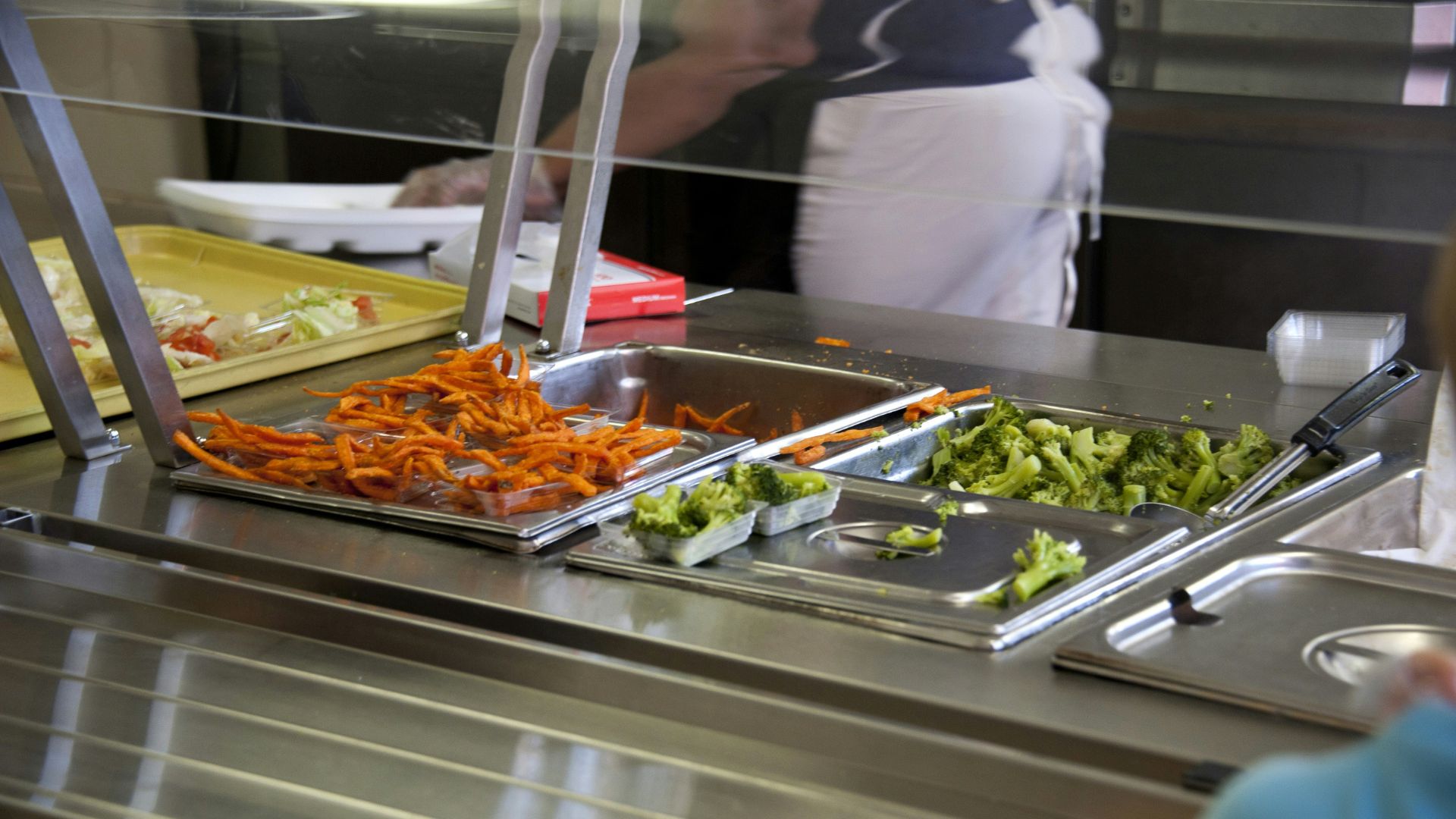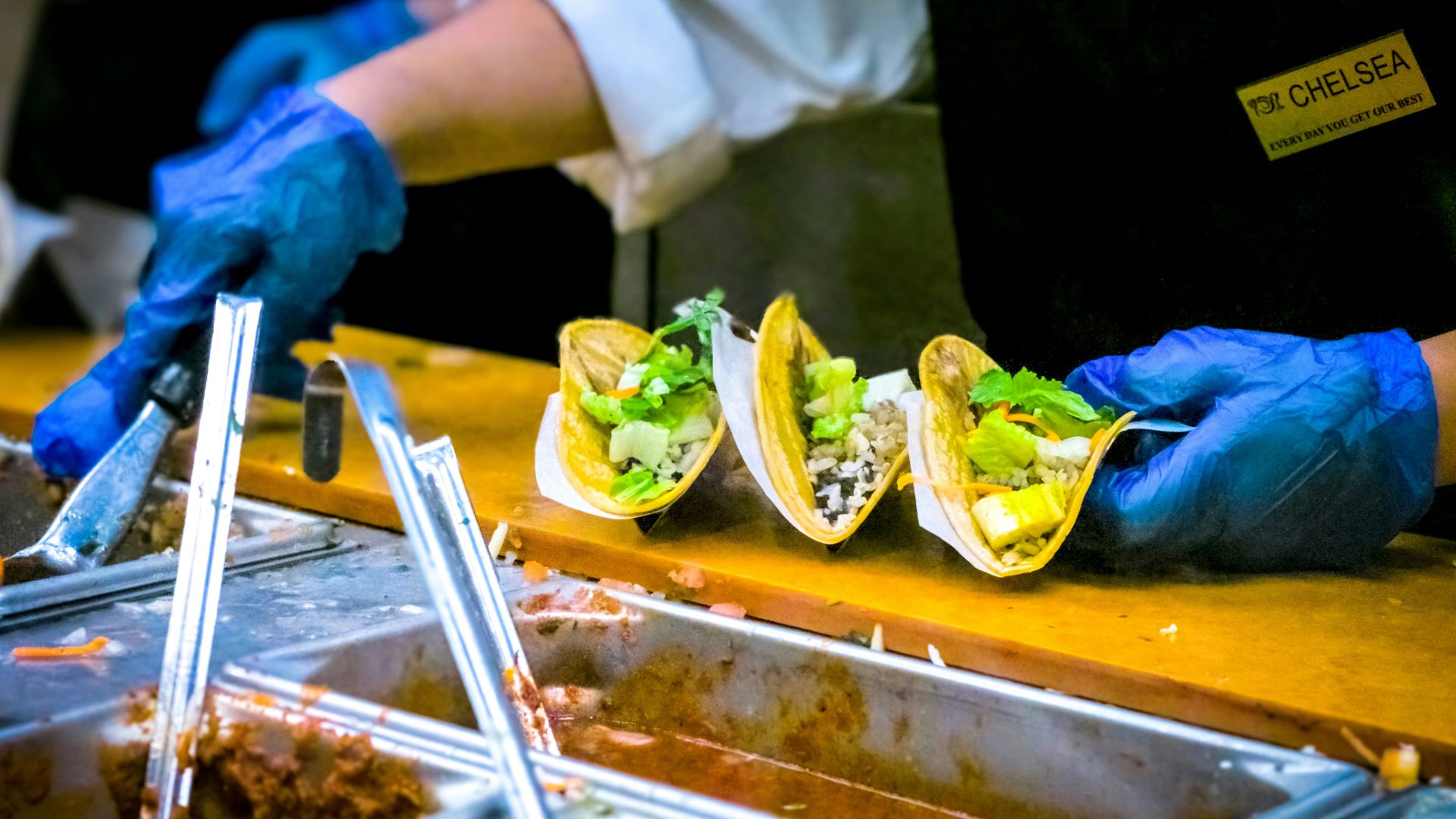California Lawmakers Pass Bill, Which Will Prohibit Processed Food From School Meals


California kids could soon see a big change on their lunch trays. Lawmakers have approved a bill that bans processed food in school meals, aiming to bring healthier options to students across the state. Fries, nuggets, and other cafeteria staples may soon get swapped for fresher choices. The move has sparked numerous conversations among parents, teachers, and food providers. Many are curious about what the new menus will look like once schools adjust to the change.
California Schools Ban Ultra-Processed Foods

Health Risks of Ultra-Processed Foods

Ultra-processed foods often come packed with added sugar, sodium, and artificial ingredients, so eating them regularly can raise health concerns for kids. Research has linked these foods to higher risks of obesity, diabetes, and heart disease. Parents worry because kids may also miss out on the nutrients they need for growth. Cutting back on processed meals at school means children can have options that support long-term health and give them more balanced eating habits early on.
New Nutrition Standards Implementation

Impact on School Meal Programs

The shift will reshape how schools plan and serve food, so kitchens may start relying more on local suppliers and fresh ingredients. Some districts could also see updates in contracts with food providers, since processed items will be phased out. Staff training will likely expand to support the new menus, and students may notice more scratch-cooked meals. Parents and administrators just want to be sure the transition keeps meals affordable, while still offering kids options they’ll enjoy.
Student Reception and Adaptation

Kids may need time to get used to the change, so schools are planning to introduce new meals gradually. Some students might just be curious to try fresher options, while others could miss the old favorites at first. Teachers and staff will also play a part by encouraging students to taste what’s new. Parents are hopeful that once kids adjust, they’ll see meals not only as filling but also as something that feels better day to day.
Role of State Legislation

Lawmakers in California have taken a strong step by setting limits on processed food in schools, so the bill sends a clear message about nutrition standards. The legislation also gives schools guidelines they can follow when shaping menus. Local districts just need to adapt their programs within those rules, which provides consistency across the state. Parents and educators see the law as a way to support healthier habits, while still leaving room for schools to tailor meals for students.
Efforts to Promote Whole Foods

Schools are finding ways to make whole foods more appealing, so students see them as part of everyday meals. Some districts are adding salad bars, fresh fruit stands, and hot dishes made from scratch. Teachers may also encourage kids to try new foods during lunchtime, just to make the change feel smoother. Parents like knowing their children have access to fresher options, and cafeterias are working to create menus that highlight flavor while still keeping choices kid-friendly.
Long-Term Benefits for Student Health

What Parents and Students Can Expect

California’s move to cut processed foods from school meals is set to reshape what kids see on their trays. Families can expect menus with fresher, simpler options that feel more nourishing day to day. Schools are preparing to guide students through the change, so kids won’t feel lost when new foods appear. Parents can also stay connected through updates from districts, making it easier to follow how the shift unfolds in their own communities.